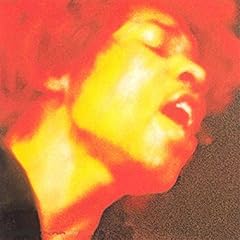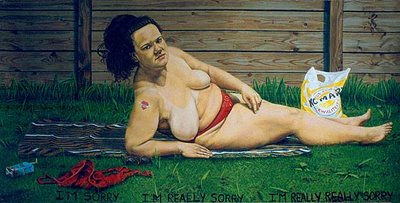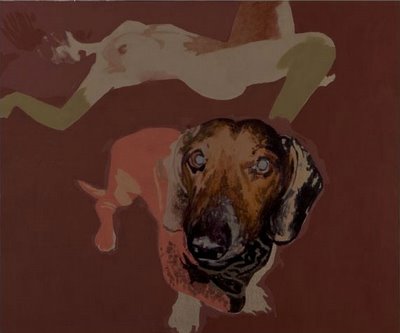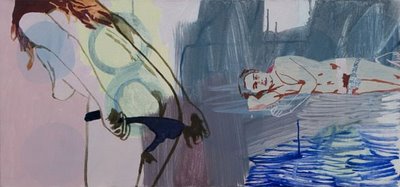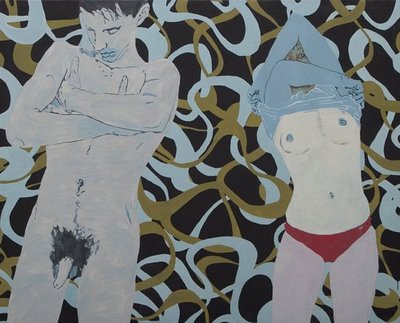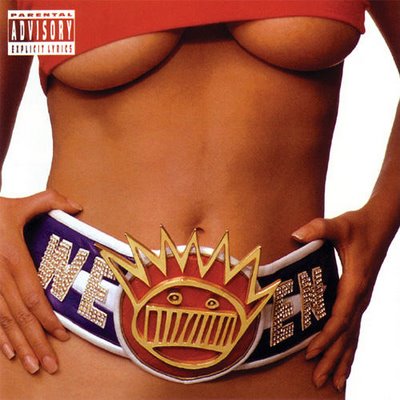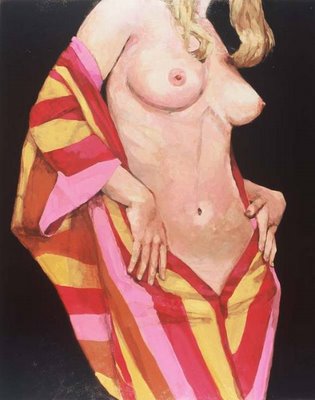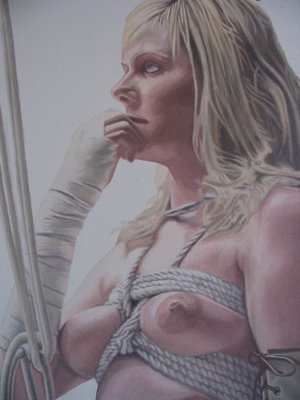"The Big Book of Breasts" (2006) by Dian Hanson (editor)


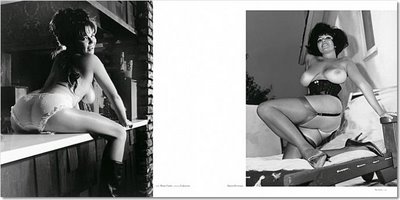
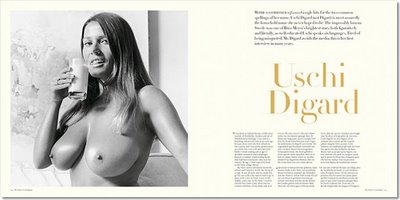
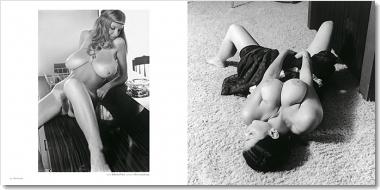
I had this book in my hands today and I went into my Top 3 Wish-list immediately. A very sexy item, from the shiny plastic covering to the exciting photos within. I had to constrain myself from buying it immediately, because now's the time to ensure there's something left for Santa Claus to buy. Highly recommended. Available from Amazon.com
The Golden Hills before the Silicone Valley: Three decades of the world's most spectacular natural curves
Some call it the American obsession, but men everywhere recognize the hypnotic allure of a large and shapely breast. In The Big Book of Breasts, Dian Hanson explores the origins of mammary madness through three decades of natural big-breasted nudes. Starting with the World War II Bosom-Mania that spawned Russ Meyer, Howard Hughes's The Outlaw and Frederick's of Hollywood, Dian guides you over, around, and in between the dangerous curves
of infamous models including Michelle Angelo, Candy Barr, Virginia Bell, Joan Brinkman, Lorraine Burnett, Lisa De Leeuw, Uschi Digard, Candye Kane, Jennie Lee, Sylvia McFarland, Margaret Middleton, Paula Page, June Palmer, Roberta Pedon, Rosina Revelle, Candy Samples, Tempest Storm, Linda West, June Wilkinson, Julie Wills, and dozens more, including Guinness World Record holder Norma Stitz, possessor of the World's Largest Natural Breasts.
The 396 pages of this book contain the most beautiful and provocative photos ever created of these iconic women, plus nine original interviews, including the first with Tempest Storm and Uschi Digard in over a decade, and the last with Candy Barr before her untimely death in 2005. In a world where silicone is now the norm, these spectacular real women stand as testament that nature knows best.
The editor: Dian Hanson is a twenty-five-year veteran of men's magazine publishing. She began her career at Puritan magazine in 1976 and went on to edit a variety of titles, including Partner, Oui, Hooker, Outlaw Biker, and Juggs magazines. In 1987 she took over the '60s title Leg Show and transformed it into the world's best-selling fetish publication. Most recently, she authored TASCHEN's Terryworld, Tom of Finland: The Comic Collection and History of Men's Magazines six-volume set.
Editions:
ISBN 3-8228-3303-7 (German, French, English)
List Prices:
USD 49.99 | GBP 29.99 | EUR 39.99 | JPY 6900.00





